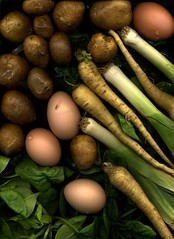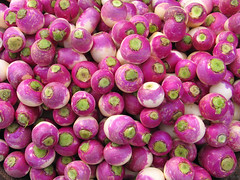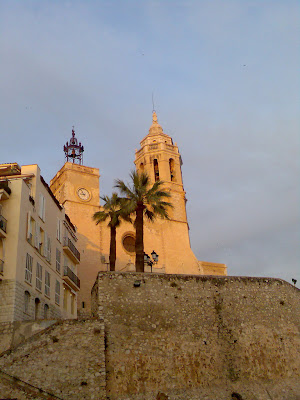Mondovino, interesting movie
 Sommelier Jonathan Nossiter's view on the globalisation of wine.
Sommelier Jonathan Nossiter's view on the globalisation of wine.
In "Mondovino," Michael Broadbent, the legendary British wine writer and auctioneer, criticized the changes Mr. Rolland had made to Château Kirwan, a middling Margaux estate that now, Mr. Broadbent said, tasted like a Pomerol. He added, "I'd rather have an individual wine not up to scratch than a global wine that's innocuous." It's a sentiment that still has Mr. Rolland fuming. "I think English critics in general — the English are used to drinking older wines," he said. "Michael Broadbent is always speaking about the 1940's and 1960's. It's like they are stopped in time, like old people always looking back to the old days."The documentary-like movie is about the e.g. traditional French winemakers with a strong belief of wine's terroir predominating its flavour versus modern-world winemakers building strong brands aided by wine consultants, like Rolland. Should winemakers design/adapt their wines to the taste of the customer and the wine critics like Robert Parker or should they stick to tradition, identity and the wine's terroir?
















































